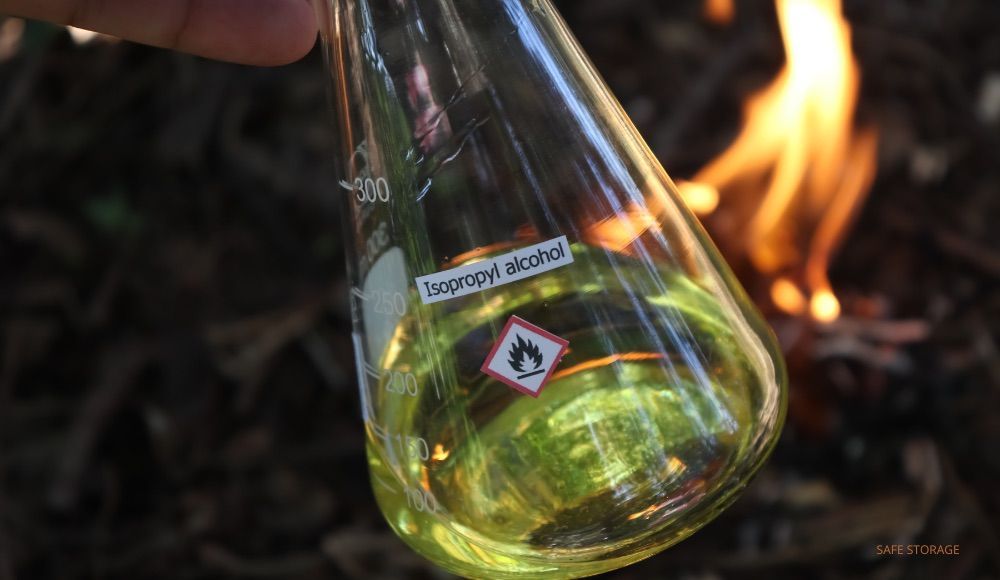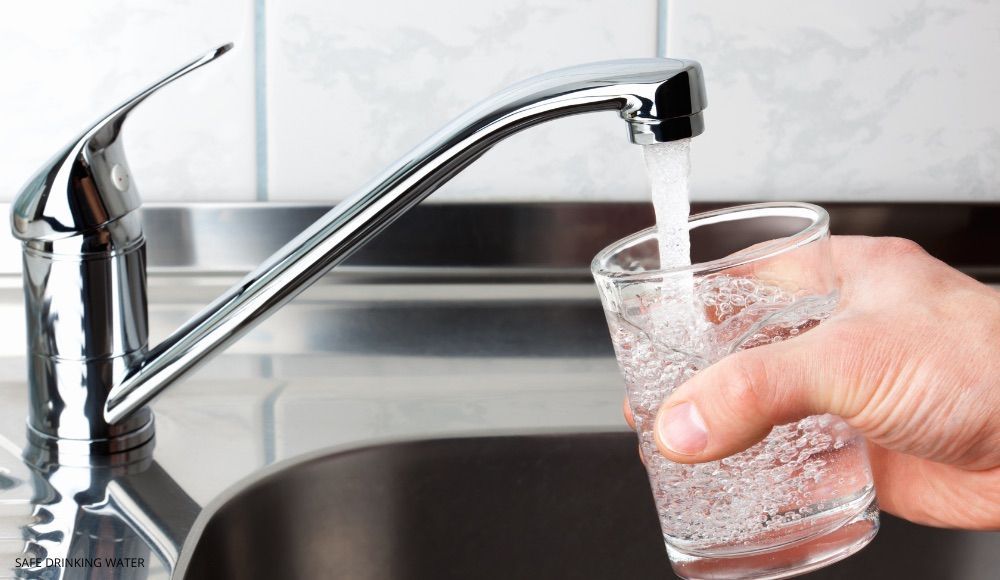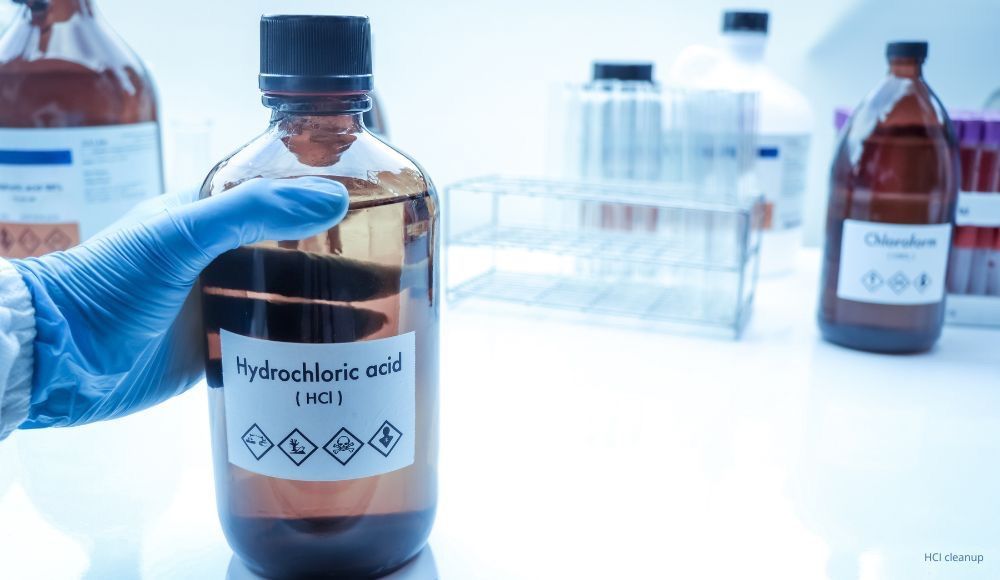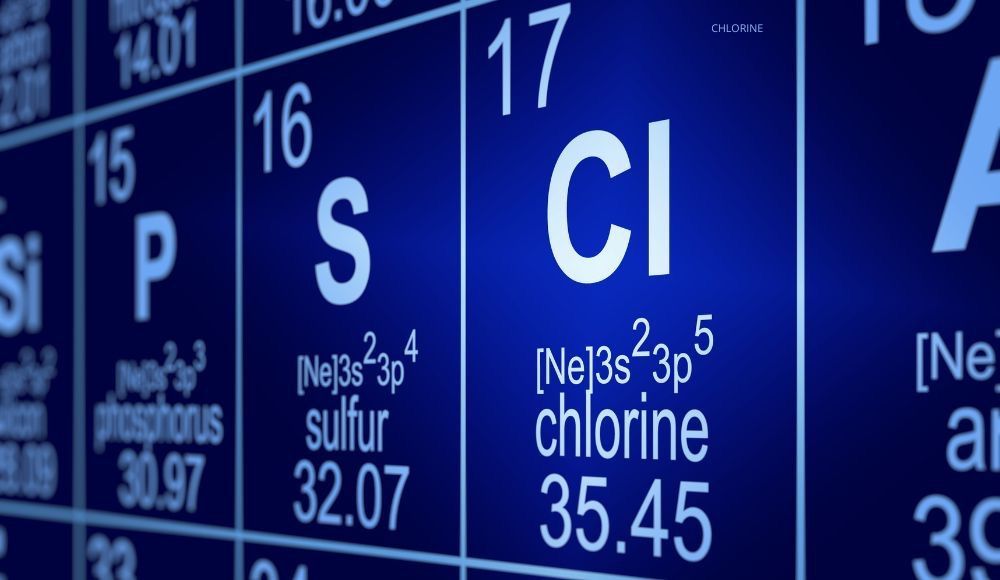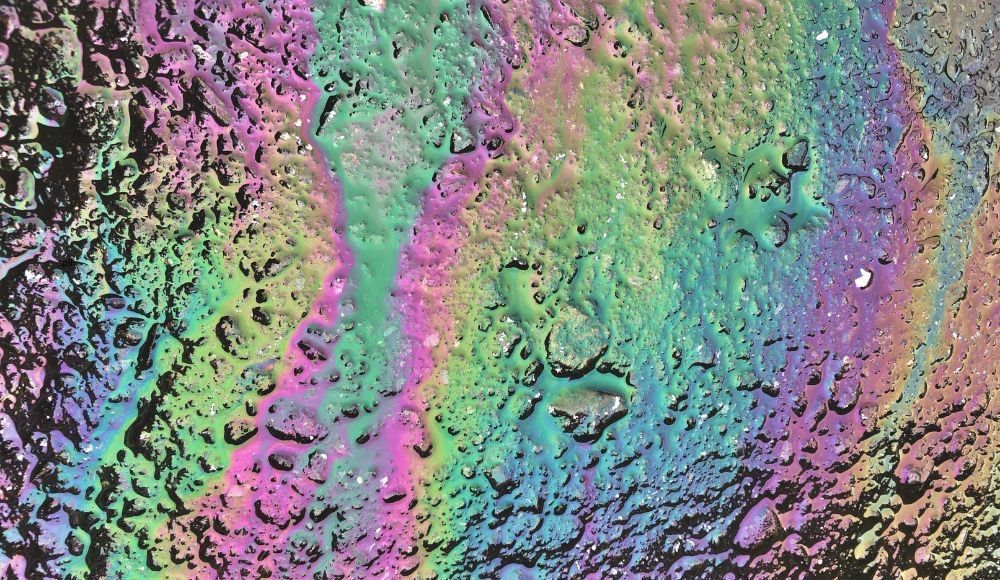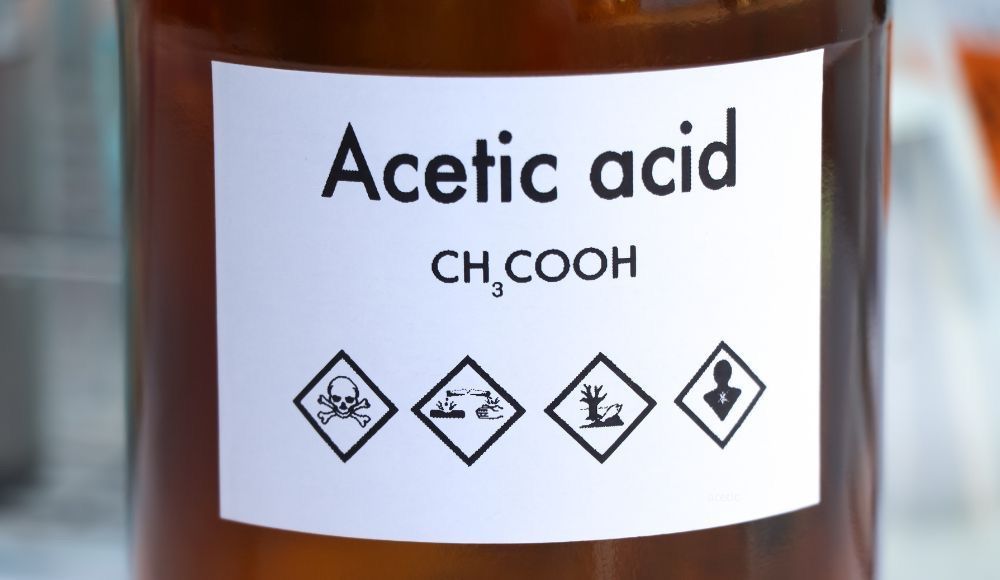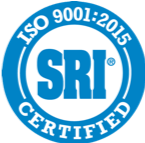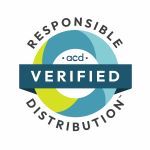How Much Absorbent Powder Should Be Used: A Comprehensive Guide
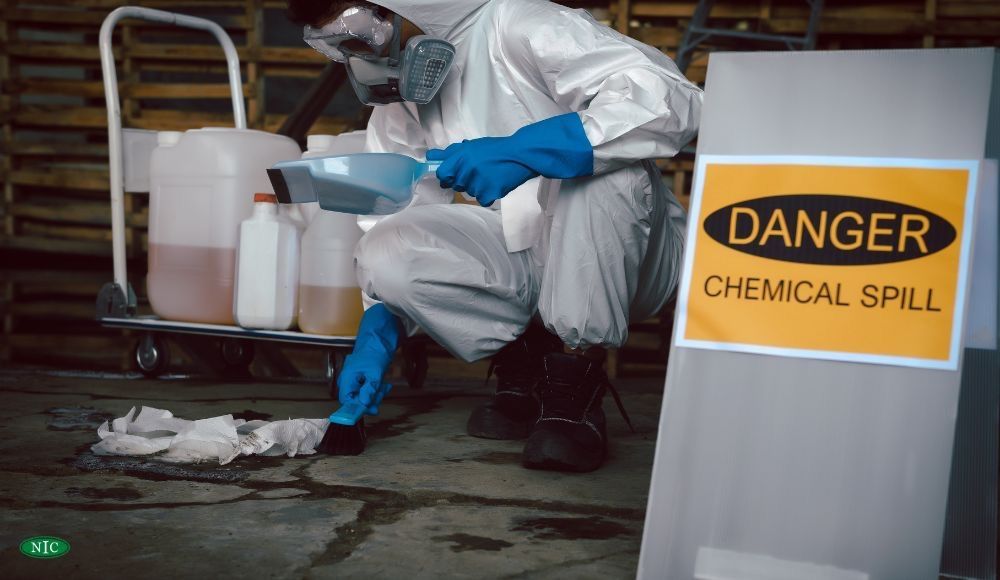
Determining the correct quantity of absorbent powder for chemical spills is crucial for ensuring optimal performance, cost-effectiveness, and safety. This article explores key factors influencing powder usage, considering spill types, surface areas, and specific product characteristics to help you make informed decisions for efficient spill management in manufacturing or other environments.
Finding the Optimal Absorbent Powder Amount
Determine how much absorbent powder to use by considering the type and volume of the spill, the affected surface area, and the spill's characteristics. Assess the spill's size and type, then refer to the product's instructions for recommended coverage rates. Calculate the spill's surface area and multiply it by the coverage rate to find the needed amount.
Adjust this calculation based on the spill's viscosity and the powder's absorbency. Finally, add a small buffer to account for any unexpected factors. This method ensures you use the right powder amount for efficient spill management.
Achieving Maximum Absorption
To achieve maximum absorption when using absorbent powder, consider the following strategies:
- Apply the powder liberally to cover the spill completely. This step allows maximum contact between the powder and the liquid, enhancing absorption efficiency.
- Apply the powder starting from the edges of the spill and work towards the center. This method helps prevent the spill from spreading further and ensures that the powder effectively absorbs the liquid.
- Choose an absorbent powder appropriate for the type of spilled liquid. For example, universal granular sorbents are effective for most oil- and water-based fluids but might not be suitable for certain chemicals like hydrofluoric acid.
- Give the absorbent powder sufficient time to absorb the liquid, ensuring the powder fully encapsulates the spill, making cleanup more manageable and safer.
- Consider using super-absorbing polymers like sodium polyacrylate, which can absorb hundreds of times their weight in water. However, their effectiveness may vary depending on the spill's composition.
- Ensure the area is well-ventilated and at a suitable temperature for optimal absorption. Some absorbents may perform better under specific conditions.
Dos and Don'ts of Absorbent Powder Usage
Dos
- To maximize absorption, ensure the absorbent powder completely covers the spill. Start from the edges and work towards the center to prevent spreading.
- Select a powder suitable for the type of spilled liquid.
- Give the powder sufficient time to absorb the liquid before cleaning up.
- After the spill has been absorbed, carefully scoop up the gel-like substance and dispose of it in appropriate waste bags.
- Wear protective gear when handling absorbent powder and disposing of absorbed spills.
Don'ts
- Avoid mixing the absorbent powder with other cleaning agents or water.
- Be cautious when using absorbent powder and ensure it won't damage the cleaned surface.
- Don't inhale absorbent powder since it can cause respiratory irritation.
- Do not use universal granular sorbents on hydrofluoric acid or similar substances. Use specialized absorbents designed for these chemicals.
- Don't delay cleanup. Promptly clean up spills to prevent them from spreading.
Contact NIC Today for All Your Chemical Needs
Contact North Industrial Chemicals for advice on your industrial chemical requirements. Our expert team is standing by to serve you!

